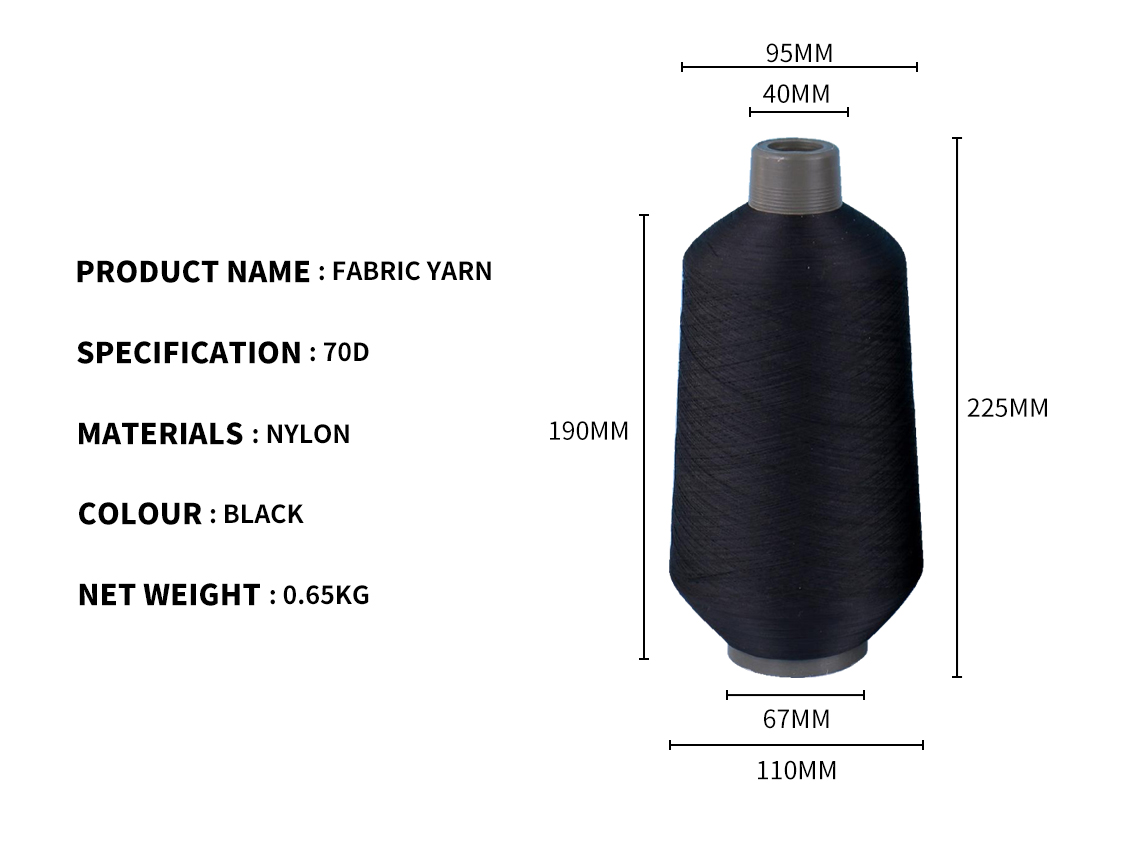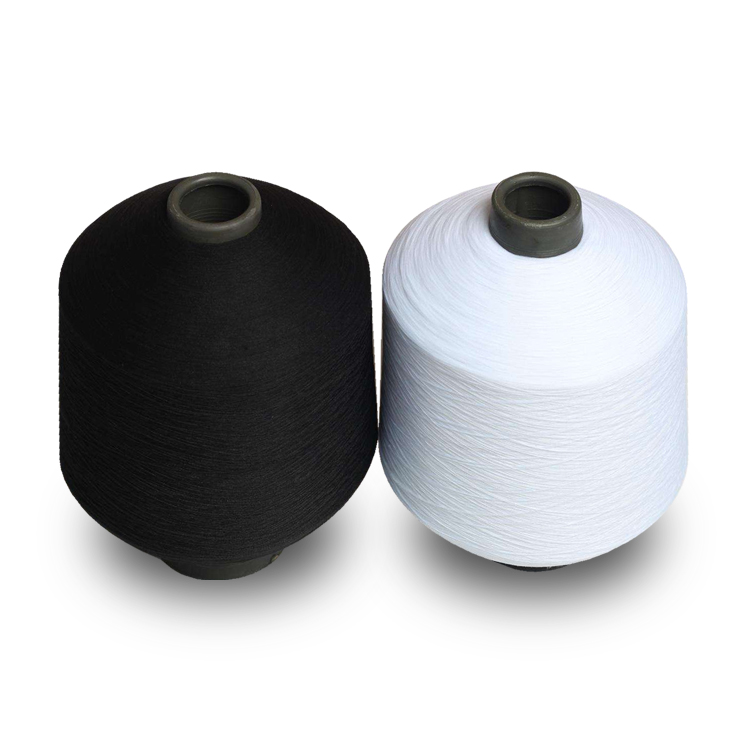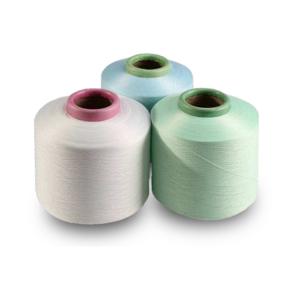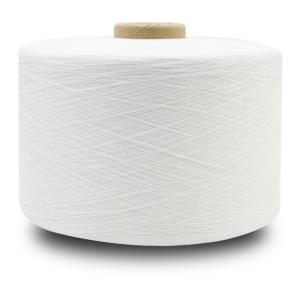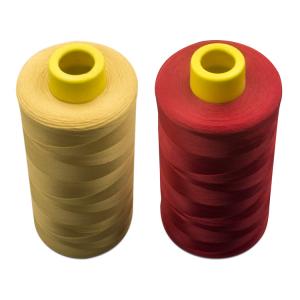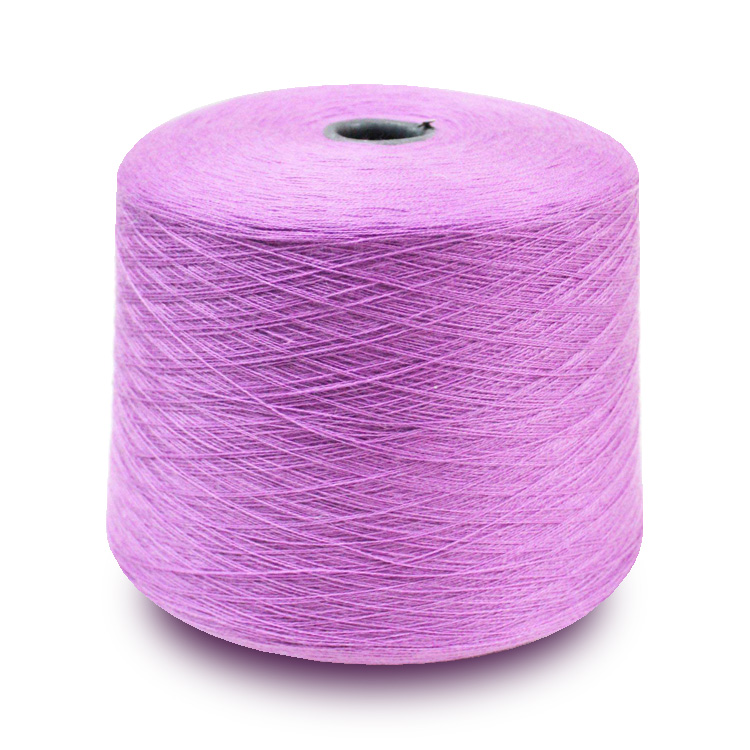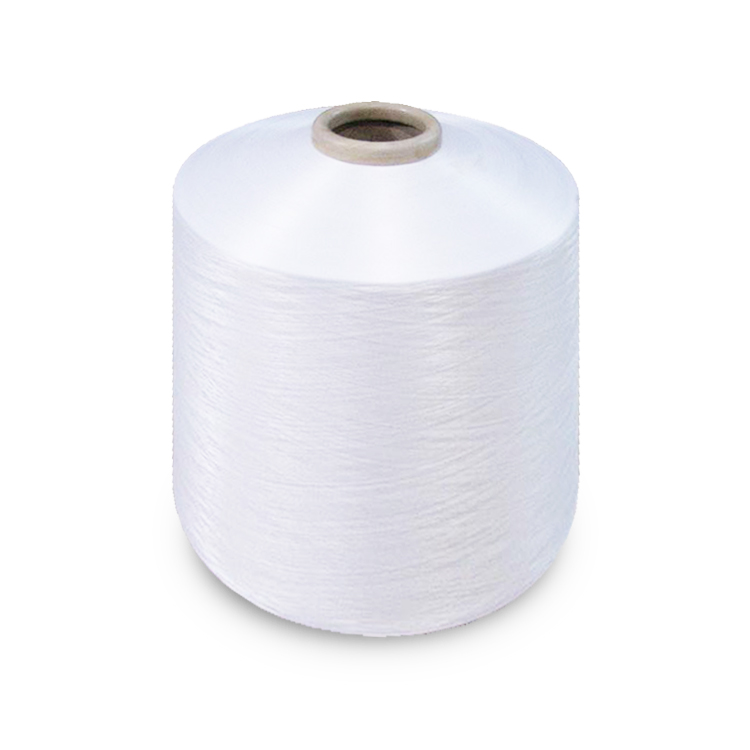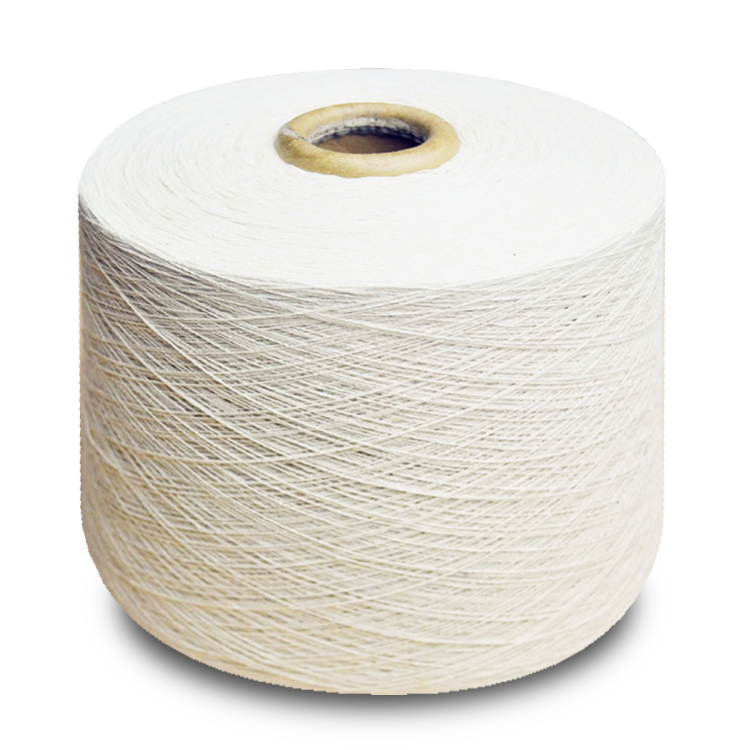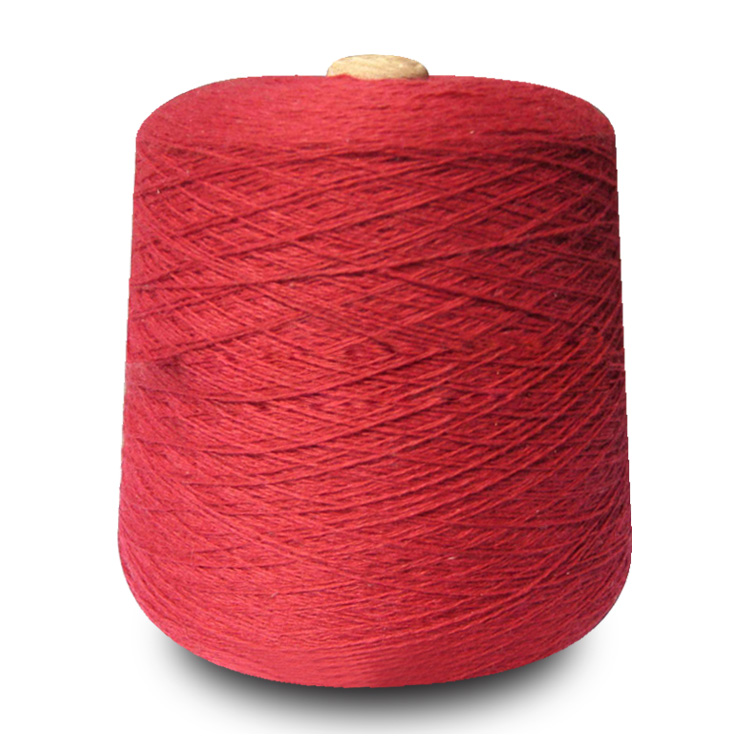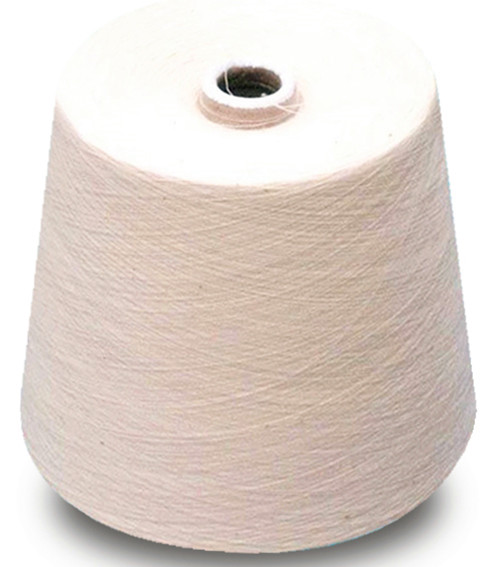Share to:
Related Products
Custom printed polyester cotton silk fabric yarn
LQ-26-02
Price: From $0.38
Delivery time: 9-20 days after payment
MOQ: 500 kg
Material:100% Polyester cotton
Pattern:Dyed
Style:Polyester fabric yarn
Technics:Ring spun
Yarn type:FDY, POY, filament, spun, texturized
Feature:Anti-bacteria, Eco-friendly, recycled, high tenacity, anti-pilling
Use:Embroidery, weaving, knitting, hand knitting, sewing, other
Twist:320
Yarn count:32s/2
Strength:Good
Fabrication principle of fabric yarn
I. De-impurity of fiber fabric yarn
Spinning is a science that studies the processing of textile staple fibers into fabric yarns.
Fabric yarns are usually made by splicing many staple fibers of different lengths, and by twisting long continuous monofilaments.
In the spinning process, first of all, it is necessary to remove the impurities, that is, to preliminarily process the raw materials, also known as the preparation of spinning raw materials.
Different kinds of raw materials, different kinds and properties of impurities, different processing methods and techniques.
The primary processing methods of raw materials mainly include physical methods (such as cotton ginning), chemical methods (such as degumming of hemp and refinement of silk) and the combination of physical and chemical methods (such as washing and carbonization of wool).
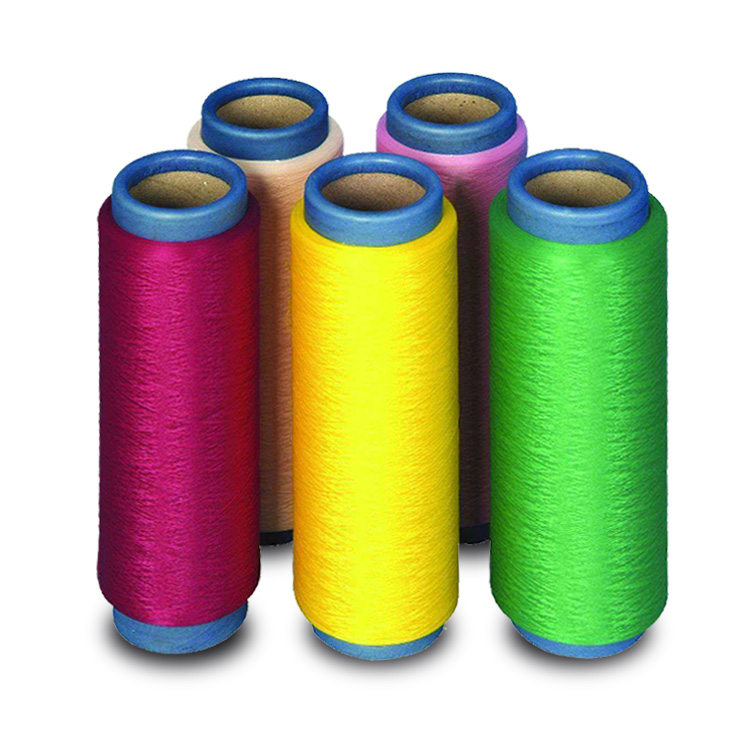
2. Loosening of fiber fabric yarn
In order to process the disorderly and transversely closely linked fabric yarns into a longitudinal sequence and a certain requirement of smooth fabric yarns, it is necessary to change the bulk fibers into a single fiber yarn state, remove the transverse connection of the fabric yarn raw materials, and establish a strong longitudinal connection between the head and the tail.
The former is called the loosening of fibre fabric yarns, and the latter is called the collection of fibre fabric yarns. The loosening of fibre fabric yarn is to completely remove the transverse connection between fibre fabric yarn and fibre yarn, but the damage of fibre fabric yarn must be minimized.
The aggregation of fibre fabric yarns is to re-establish the orderly longitudinal connection of loosened fibrefabric yarns.
This connection is continuous, and the distribution of fibre fabric yarns in the aggregation should be uniform, with a certain linear density and strength. Fiber fabric yarn assemblies also need to be twisted to a certain extent.
The assembly process is not completed at one time.
It can only be completed through several processes such as carding, drafting and twisting.
3. Loosening of fiber fabric yarn
Loosening is to tear a large piece of fibre fabric yarn into a small piece of fibre fabric yarn bundle.
Generally speaking, degumming of hemp is also a kind of loosening.
With the loosening process, the strength between the fabric yarn and the impurities decreases, so that the impurities can be removed and the blending effect between the yarns can be achieved.
The loosening effect and impurity removal are not completed at one time, but gradually realized through the rational allocation of tearing, striking and partitioning.
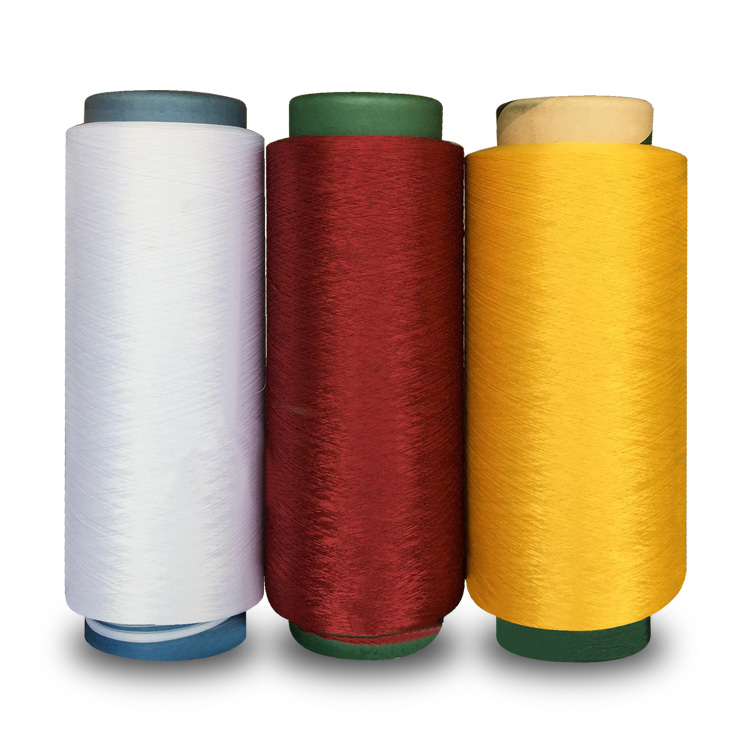
4. Carding of fiber fabric yarn
The carding function is to further loosen the small pieces and bundles of fibre fabric yarn into a single state by a large number of dense carding needles on the carding machine, thus further improving the loosening of fibre fabric yarn. After carding, the transverse connection between fabric yarns is basically removed, and the effect of impurity removal and blending is more sufficient. However, a large number of fibers are curved, and there are hooks.
There are still some lateral connections between each fibre. The earliest spinning machine
5. Combing of fiber fabric yarn
The carding function of the comber is to use the comb to carry out more detailed carding in the grip state of the two ends of the fabric yarn respectively.
Comber processing can eliminate short fibre yarn and minor defects below a certain length, and make the fibre fabric yarn more parallel and straight. Chemical fibers are usually not processed by combers because of their neat length, less impurities and good straightening and parallel state.
6. Drawing of fiber fabric yarn
Drawing and thinning the combed strips gradually to the predetermined thickness, a process called drafting.
It lays the foundation for establishing the regular connection between the fabric yarn and the yarn.
However, drafting will lead to fabric yarn short segment unevenness, so it is necessary to configure reasonable drafting device and process parameters.
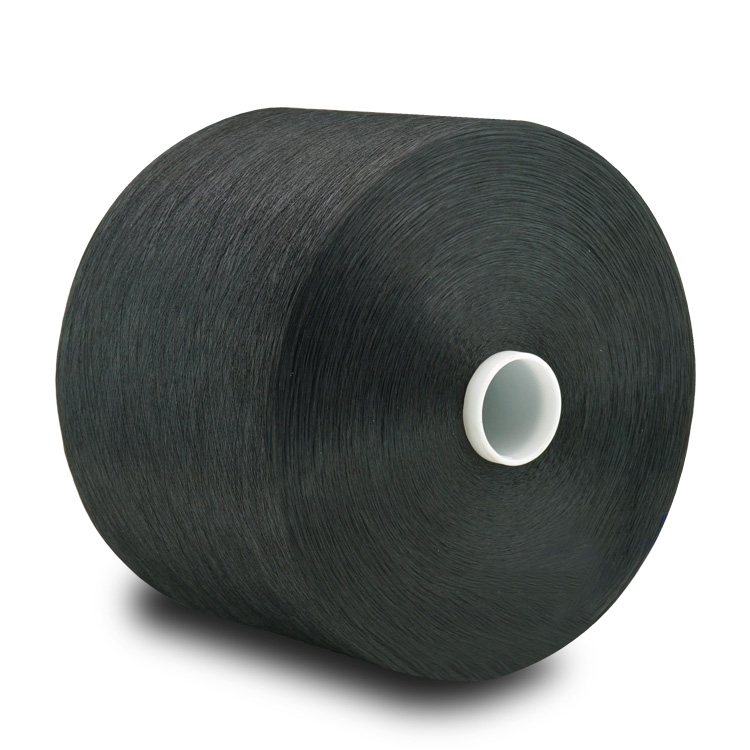
VII. Twisting of fiber fabric yarn
Twisting is to twist the fabric yarn around its own axis to make the fabric yarn parallel to the axis of the yarn spiral, thus generating radial pressure to fix the longitudinal connection between the yarns.
8. Winding of fiber fabric yarn
The semi-finished or finished fibre fabric yarn is winded into a certain form to facilitate storage, transportation and processing in the next process, which is called fibre yarn winding.
The winding process should be carried out continuously on the basis of not affecting the output and quality of the product, and efforts should be made to realize the continuous production between the various processes, so as to minimize the quality problems caused by the winding process.
In a word, the spinning process of fiber fabric yarn generally includes the functions of raw material preparation, loosening, carding, impurity removal, blending, drafting, merging, twisting and winding, some of which are realized repeatedly.
